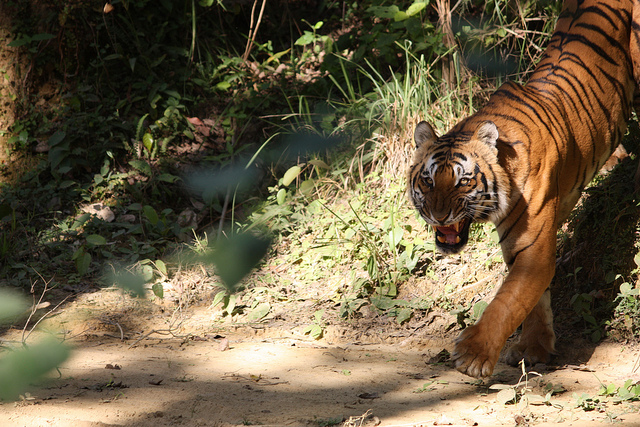
- Posted on 03 May 2012 12:40 pm
 If a vacationer dreams of some perfect place where he/she can get the most scintillating moments, Corbett National Park is that perfect place for him/her. While planning for an ideal vacation, a tourist always imagines for something new and exciting and searches for the place that can support with every kind of touring activities. Jim Corbett National Park offers such refreshing moments in every form.
Established in 1936, this reserve is widely known for the preservation of wild species specially the Bengal tigers. Earlier known as Hailey National Park, this tiger reserve is dedicated to most famous hunter of that time and world renowned conservationist Jim Corbett. Thus, this park is known today as Jim Corbett National Park, the iconic habitat for wildlife of India; where every kind of tourists is welcomed with many exciting experiences and activities.
Whether for fun elements, for simple wildlife tourism or for adventurous activities, Corbett National Park attracts thousands of visitors from all over the world every year. Once a tourist makes his schedule for Corbett tiger tours his mind will be crystallized with many adventurous moments.
If a vacationer dreams of some perfect place where he/she can get the most scintillating moments, Corbett National Park is that perfect place for him/her. While planning for an ideal vacation, a tourist always imagines for something new and exciting and searches for the place that can support with every kind of touring activities. Jim Corbett National Park offers such refreshing moments in every form.
Established in 1936, this reserve is widely known for the preservation of wild species specially the Bengal tigers. Earlier known as Hailey National Park, this tiger reserve is dedicated to most famous hunter of that time and world renowned conservationist Jim Corbett. Thus, this park is known today as Jim Corbett National Park, the iconic habitat for wildlife of India; where every kind of tourists is welcomed with many exciting experiences and activities.
Whether for fun elements, for simple wildlife tourism or for adventurous activities, Corbett National Park attracts thousands of visitors from all over the world every year. Once a tourist makes his schedule for Corbett tiger tours his mind will be crystallized with many adventurous moments.
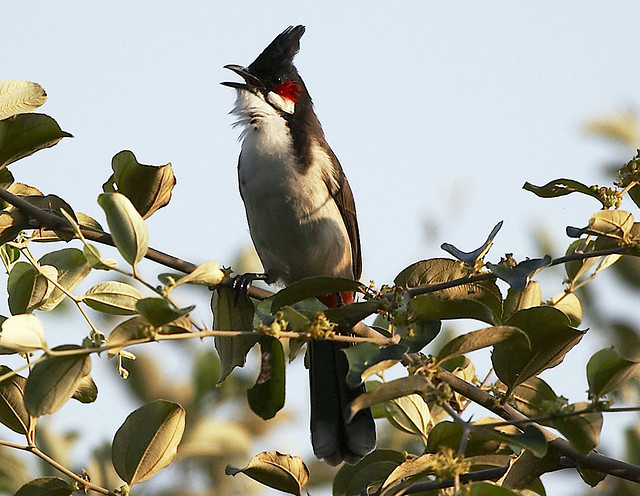 Corbett is a great habitat for large varieties of birds including the migratory one. Ornithologists or bird lovers can find most agitating experience once they visit this amazing place to watch rare and common birds including Darter, Little Green Heron, Crested Hawk Eagle, Booted Hawk Eagle, Pallas Fishing Eagle, Crested Serpent Eagle, Kestrel, Black Partridge, Kaleej Pheasant, Red Junglefowl, Common Peafowl, Redwattled Lapwing, Pintailed Green Pigeon, Blue Rock Pigeon,Turtle Dove, Rufous Turtle Dove, Indian Ring Dove, Spotted Dove and so on. The best time to visit them is between November to March and will take maximum of 16 days.
Corbett is a great habitat for large varieties of birds including the migratory one. Ornithologists or bird lovers can find most agitating experience once they visit this amazing place to watch rare and common birds including Darter, Little Green Heron, Crested Hawk Eagle, Booted Hawk Eagle, Pallas Fishing Eagle, Crested Serpent Eagle, Kestrel, Black Partridge, Kaleej Pheasant, Red Junglefowl, Common Peafowl, Redwattled Lapwing, Pintailed Green Pigeon, Blue Rock Pigeon,Turtle Dove, Rufous Turtle Dove, Indian Ring Dove, Spotted Dove and so on. The best time to visit them is between November to March and will take maximum of 16 days.
 Corbett Park is the ideal location for fishing and angling on Ramganga River. The fishing lovers can get the opportunity to catch some attractive fishes like Golden Mahasheer and Goonch / Cat Fish. One can also enjoy the luxury jungle hideaways to eco lodges, or camping right on the riverbank for a perfect fishing tour. The angling season starts on the end of September till May Last.
Adventurous Activities
Corbett Park is the ideal location for fishing and angling on Ramganga River. The fishing lovers can get the opportunity to catch some attractive fishes like Golden Mahasheer and Goonch / Cat Fish. One can also enjoy the luxury jungle hideaways to eco lodges, or camping right on the riverbank for a perfect fishing tour. The angling season starts on the end of September till May Last.
Adventurous Activities
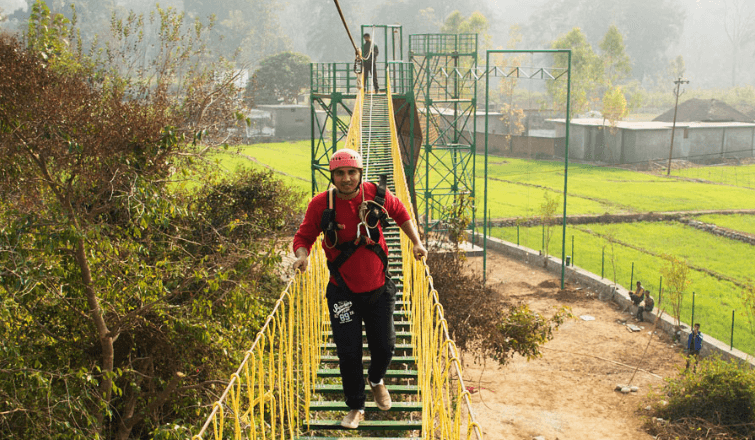 With the list of adventurous activities a tourist can enjoy river rafting, bridge slithering and river crossing on Kosi River in Kumaon region. During monsoon season the tourist can enjoy the most and can also visit Garija temple near Kosi River.
Apart from that the visitor can also enjoy with the best accommodation at Corbett hotels and resorts. The hotels and resorts are equipped with well defined amenities that can surely release the fatigue while experiencing Corbett Tiger tours. A trip for wildlife tourism will gather everything right from adventure activities to fun elements all in one place, which we know as the Corbett National Park.
With the list of adventurous activities a tourist can enjoy river rafting, bridge slithering and river crossing on Kosi River in Kumaon region. During monsoon season the tourist can enjoy the most and can also visit Garija temple near Kosi River.
Apart from that the visitor can also enjoy with the best accommodation at Corbett hotels and resorts. The hotels and resorts are equipped with well defined amenities that can surely release the fatigue while experiencing Corbett Tiger tours. A trip for wildlife tourism will gather everything right from adventure activities to fun elements all in one place, which we know as the Corbett National Park.


 Apart from that many other efforts are being pulled by Indian government so that the people of India may be aware of the importance of the wildlife conservation. Acting on the same initiative, the directive of the Uttarakhand high court has imposed a blanket ban on noise pollution in a radius of 500 meters around the Jim Corbett National Park and have declared the region as a “complete silence zone”.
Apart from that many other efforts are being pulled by Indian government so that the people of India may be aware of the importance of the wildlife conservation. Acting on the same initiative, the directive of the Uttarakhand high court has imposed a blanket ban on noise pollution in a radius of 500 meters around the Jim Corbett National Park and have declared the region as a “complete silence zone”.
 In response to the PIL filed by a local NGO, the two-judge bench of the high court gave the instruction of the same. This decision is made for the sake of total silence at the restricted area of the wild species for their natural and protected living at India’s best known tiger reserves.
This decision will bring salutary effects on the surroundings of the reserves where tourists throng and hold parties and become the cause of disturbance for animals. As opposed to the genuine tiger lovers, who perform a silent venture by taking the forest department permission, these tourists create unlimited annoyance to the wild species.
In response to the PIL filed by a local NGO, the two-judge bench of the high court gave the instruction of the same. This decision is made for the sake of total silence at the restricted area of the wild species for their natural and protected living at India’s best known tiger reserves.
This decision will bring salutary effects on the surroundings of the reserves where tourists throng and hold parties and become the cause of disturbance for animals. As opposed to the genuine tiger lovers, who perform a silent venture by taking the forest department permission, these tourists create unlimited annoyance to the wild species.
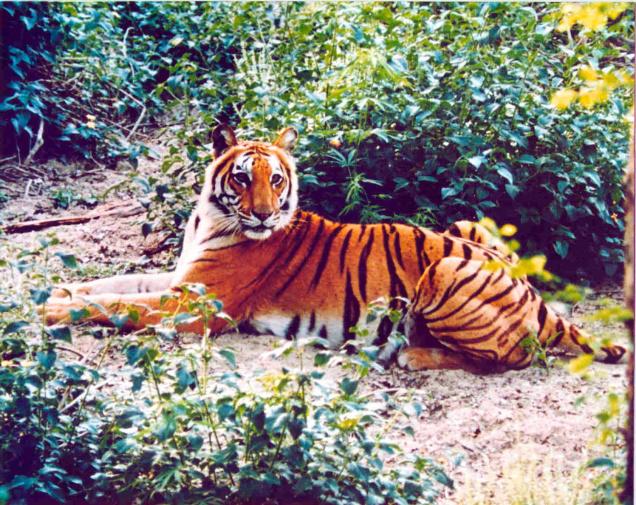
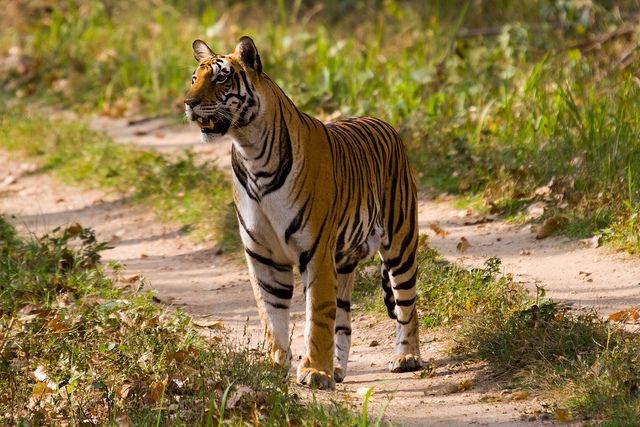 The cameras are intelligently placed all over the park covering area of 350 km of the area and are controlled by NTCA officials sitting in Delhi.
Due to shortage of field staffs it was getting difficult to keep an eye on the park activities especially if it is witnessing any turbulent one and the installation of the cameras brought down the control over the infiltration in the area radically. The cost accrued to this project is around Rs. 3.5 Crores.
The DIG and joint director of NTCA, S.P. Yadav articulates- “It is for the first time in the world that a surveillance system of this type is being used in any national park. The project was launched some five-six months back to check poaching of tigers in the park.” Further he added, these digital cameras are the great assistant to check infiltration, poaching and illegal mining in the area. As soon as the control room receives any messages or alerts of people or any vehicle inside the premises; and if found any kind of suspicious activities; an alert team is sent to the location.
The cameras are intelligently placed all over the park covering area of 350 km of the area and are controlled by NTCA officials sitting in Delhi.
Due to shortage of field staffs it was getting difficult to keep an eye on the park activities especially if it is witnessing any turbulent one and the installation of the cameras brought down the control over the infiltration in the area radically. The cost accrued to this project is around Rs. 3.5 Crores.
The DIG and joint director of NTCA, S.P. Yadav articulates- “It is for the first time in the world that a surveillance system of this type is being used in any national park. The project was launched some five-six months back to check poaching of tigers in the park.” Further he added, these digital cameras are the great assistant to check infiltration, poaching and illegal mining in the area. As soon as the control room receives any messages or alerts of people or any vehicle inside the premises; and if found any kind of suspicious activities; an alert team is sent to the location.
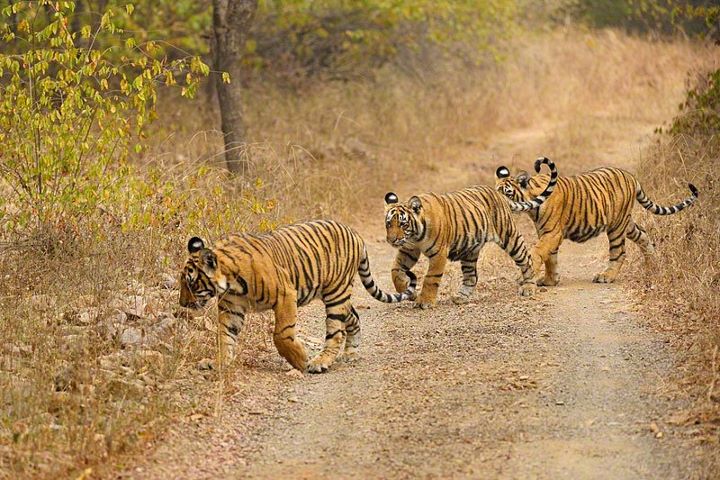
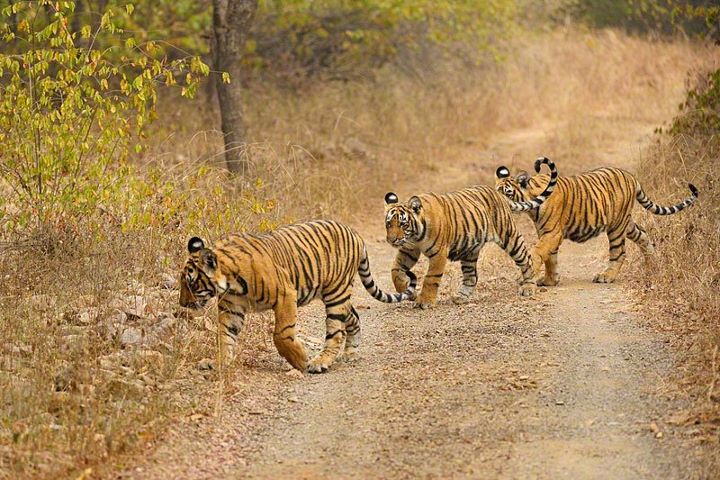 The wildlife reserves are so designed to maintain natural habitat for different species so that they can survive independently and with full protection. These natural habitats are being popularized in the form of national parks in India.
The wildlife reserves are so designed to maintain natural habitat for different species so that they can survive independently and with full protection. These natural habitats are being popularized in the form of national parks in India.
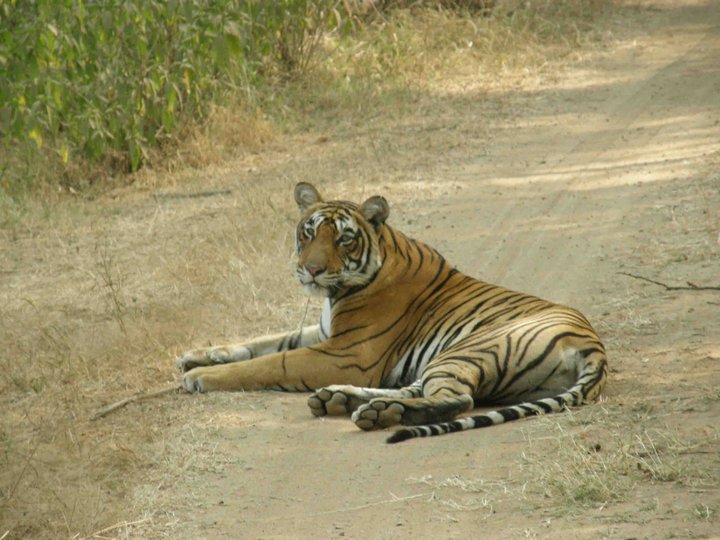
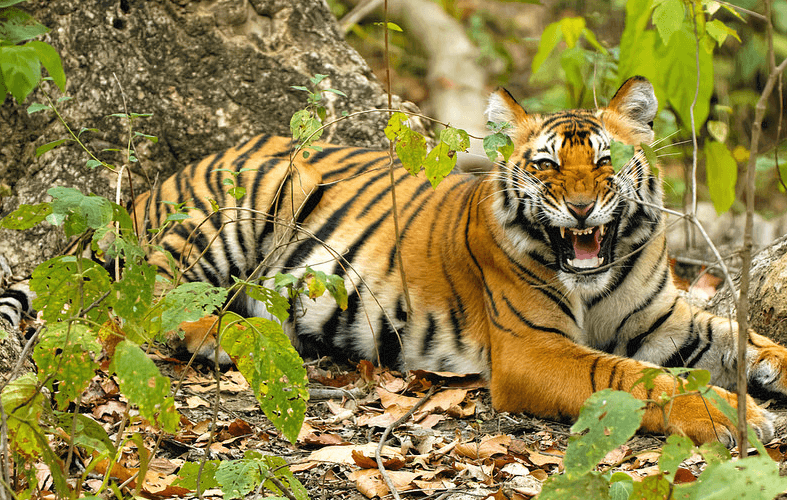 Superstar Amitabh Bacchan showed his support by mentioning its importance in his blog. With multiple SMS poll, Aircel raised this issue and created awareness among the public to understand the importance of tiger conservation in our country.
Superstar Amitabh Bacchan showed his support by mentioning its importance in his blog. With multiple SMS poll, Aircel raised this issue and created awareness among the public to understand the importance of tiger conservation in our country.
